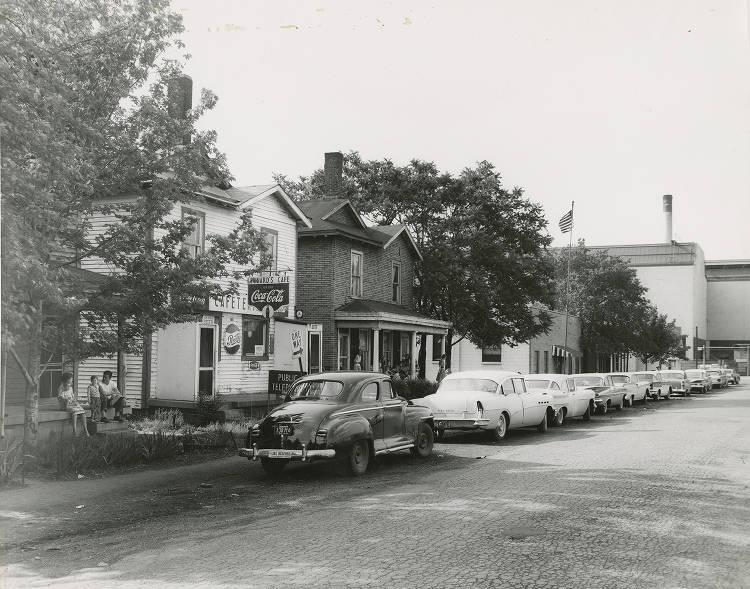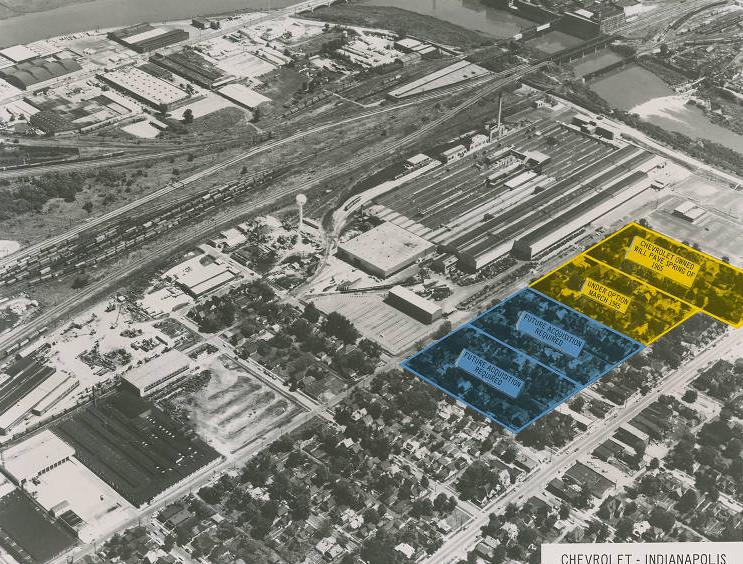The boundaries of the former West Indianapolis are roughly Washington Street, White River Parkway, Raymond Street, and Belmont Avenue.

After the construction of the and the Union Stockyards in the 1870s, West Indianapolis developed as an extension of the stockyards near the small town of Belmont, and the area was established along the southern loop of the railway. Located in industrial surroundings, the area was also a residential, blue-collar neighborhood, most of whose citizens worked at the stockyards. The 1,565-acre suburb grew from 421 residents in 1882 to 3,527 in 1890 when it was the most densely populated suburban town in the Indianapolis area.
In 1894, West Indianapolis incorporated as a city with three wards and seven precincts. That year, its citizens elected their first and only mayor, A. B. Tolin, a senior member of a stockyards livestock commission. In 1897, West Indianapolis became one of six suburbs annexed by Indianapolis during the 1890s.

Although West Indianapolis no longer exists as a separate city, the area it once encompassed remains an industrial and residential neighborhood. The current housing sites range from working-class, two-story Victorian to post-World War II, aluminum-sided tract homes.
The left the district in the 1970s, and now many industrial firms are in the area. Among them are and . In addition, groups like the West Indianapolis Neighborhood Congress and the West Indianapolis Development Corporation formed in the early 21st century to work with community partners and improve their neighborhood.


Is this your community?
Do you have photos or stories?
Contribute to this page by emailing us your suggestions.